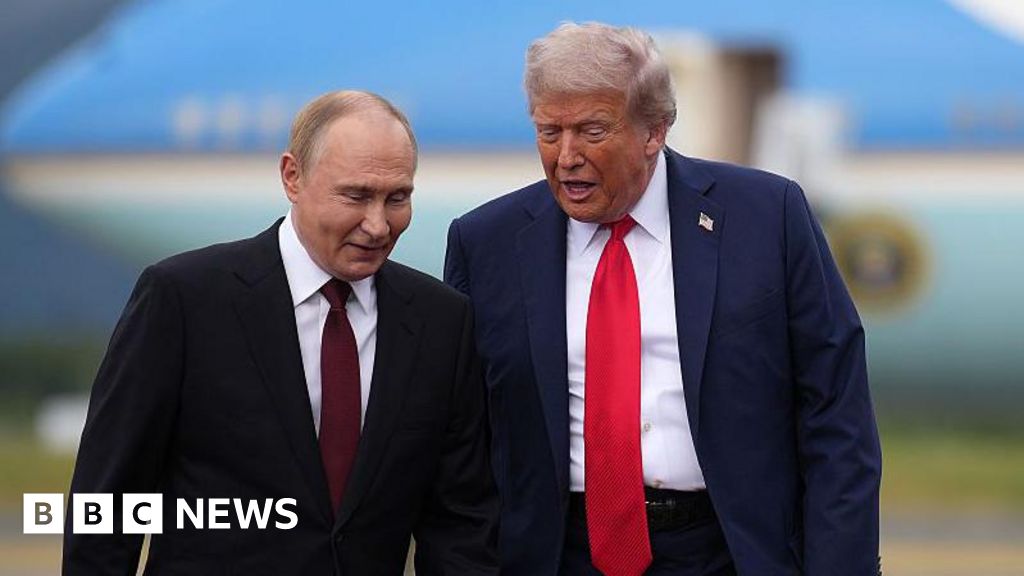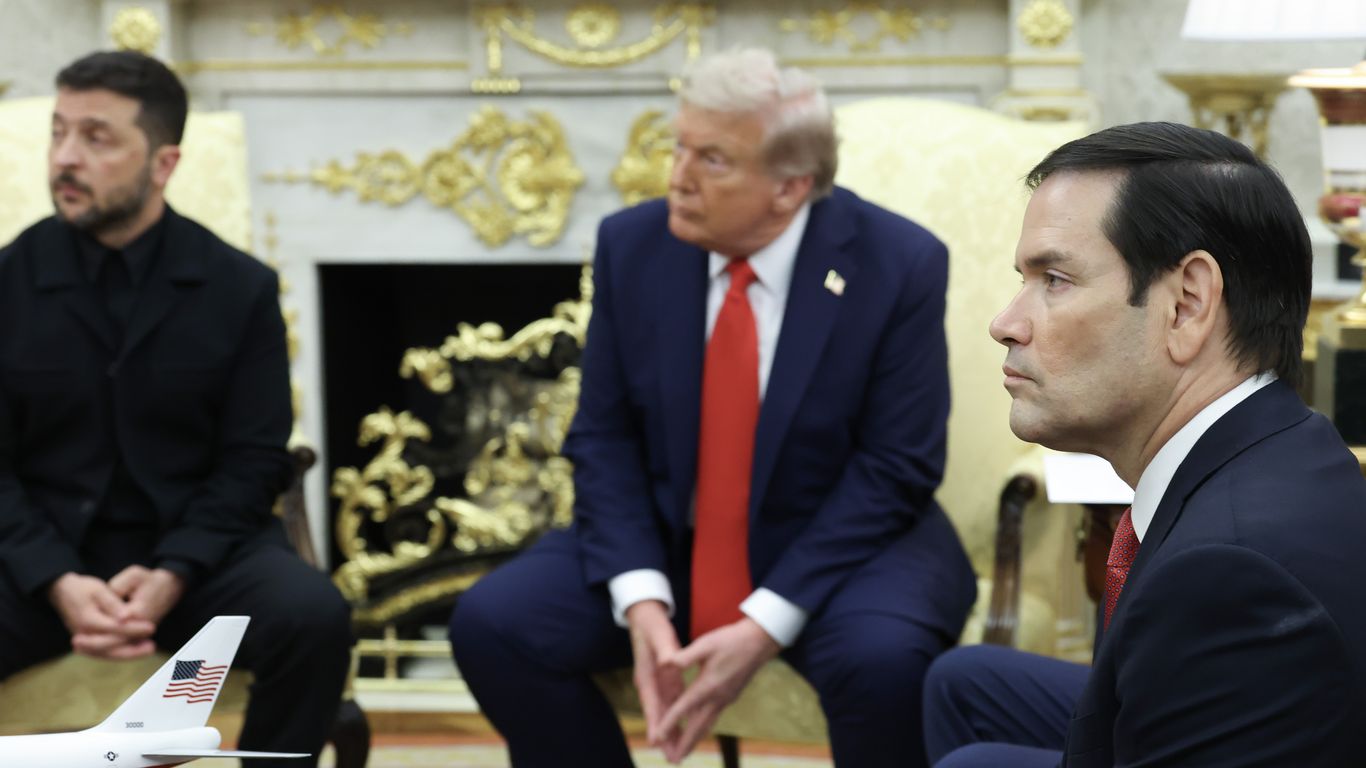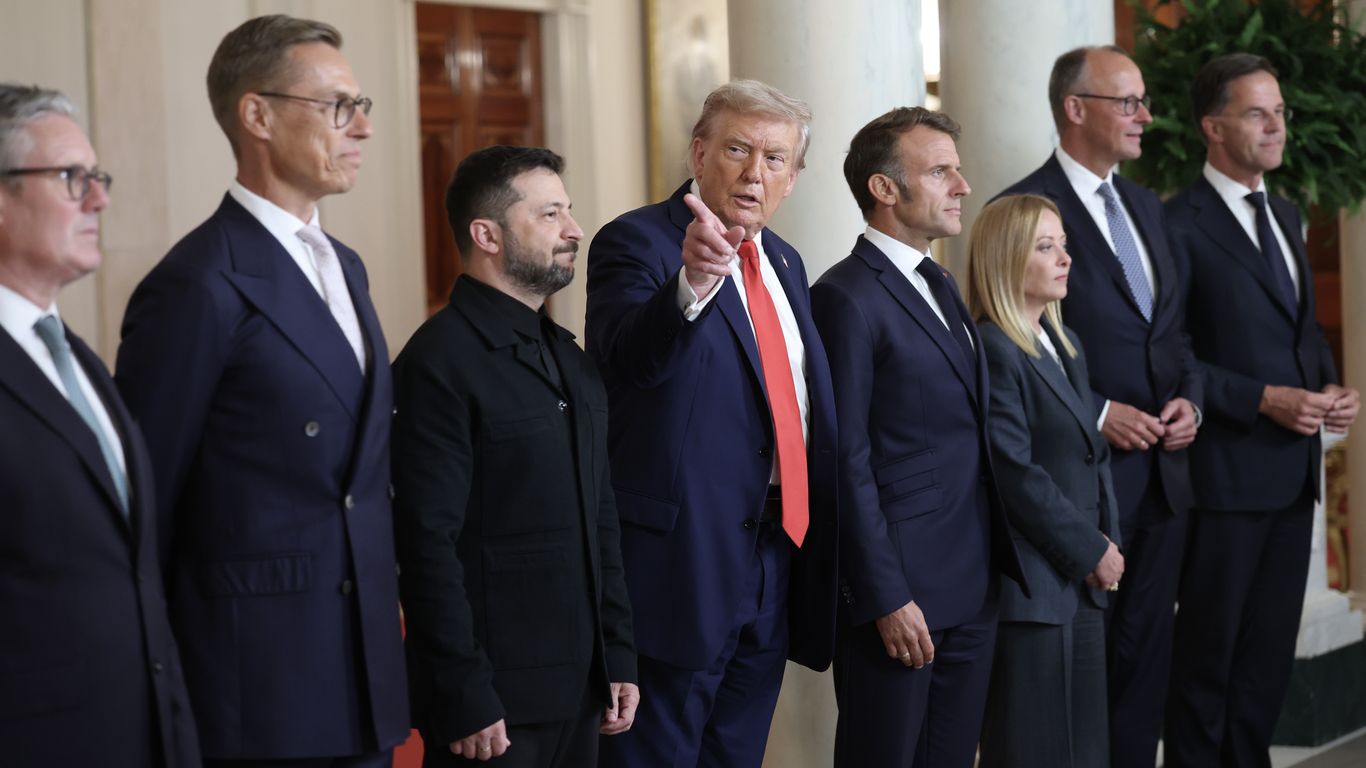A Potential Solution for Ukraine and Russia: The Buffer Zone

Introduction
In an effort to establish a peace deal between Ukraine and Russia, European officials are considering a new proposal: a buffer zone. This idea is one of several being floated as diplomats scramble to find a solution to the ongoing conflict.
Key Details
The buffer zone would serve as a neutral territory between Ukraine and Russia, with the goal of easing tensions and preventing further escalation of the conflict. It has been suggested as a potential compromise between the two nations, as Ukraine remains wary of Russia's involvement in the region.
Other proposals being considered include a potential UN peacekeeping mission and a prisoner exchange between the two countries. However, the buffer zone has gained traction as a potential solution due to its potential for de-escalation and potential for long-term stability.
Impact
If implemented, the buffer zone could have a significant impact on the ongoing conflict between Ukraine and Russia. It would provide a safe space for negotiations and potentially pave the way for a lasting peace agreement. However, there are concerns about the logistics and enforceability of such a zone, as well as the potential reactions from both nations.
As European officials continue to grasp for a solution, the idea of a buffer zone remains a strong contender in the pursuit of lasting peace between Ukraine and Russia.
About the Organizations Mentioned
UN
The **United Nations (UN)** is a global intergovernmental organization founded in 1945 with the primary mission of maintaining international peace and security, promoting human rights, and fostering sustainable development. The UN was established in the aftermath of World War II, succeeding the League of Nations, with the aim of preventing future wars and promoting global cooperation. ### History and Structure The UN is headquartered in New York City, with additional offices in Geneva, Nairobi, Vienna, and The Hague. It comprises six principal organs: the **General Assembly**, **Security Council**, **Economic and Social Council**, **International Court of Justice**, **Secretariat**, and **Trusteeship Council**. The organization includes 193 member states and two observer states, making it the most representative global body. ### Key Functions and Achievements - **Peacekeeping and Security**: The UN plays a crucial role in maintaining international peace and security through peacekeeping missions and conflict resolution efforts. - **Human Rights and Development**: It promotes human rights, supports refugees, and works towards sustainable development through specialized agencies like **UNICEF** and **WHO**. - **Economic and Social Development**: The UN has been instrumental in economic and social development, particularly during the decolonization era. It has also been recognized for its leadership in peace and human development, with several agencies awarded the **Nobel Peace Prize**. ### Current Status and Challenges Despite its achievements, the UN faces ongoing challenges, including debates over its effectiveness, financial contributions, and perceived biases. Recent global events, such as the COVID-19 pandemic, have highlighted the complexities and criticisms surrounding the UN's role. ### Notable Aspects - **Global Influence**: The UN serves as a platform for dialogue among nations, addressing global challenges and promoting international cooperation. - **Specialized Agencies**: It has 15 specialized agencies that perform diverse functions, from facilitating international travel to addressing pandemics. - **International Law**: The UN plays a significant role in







